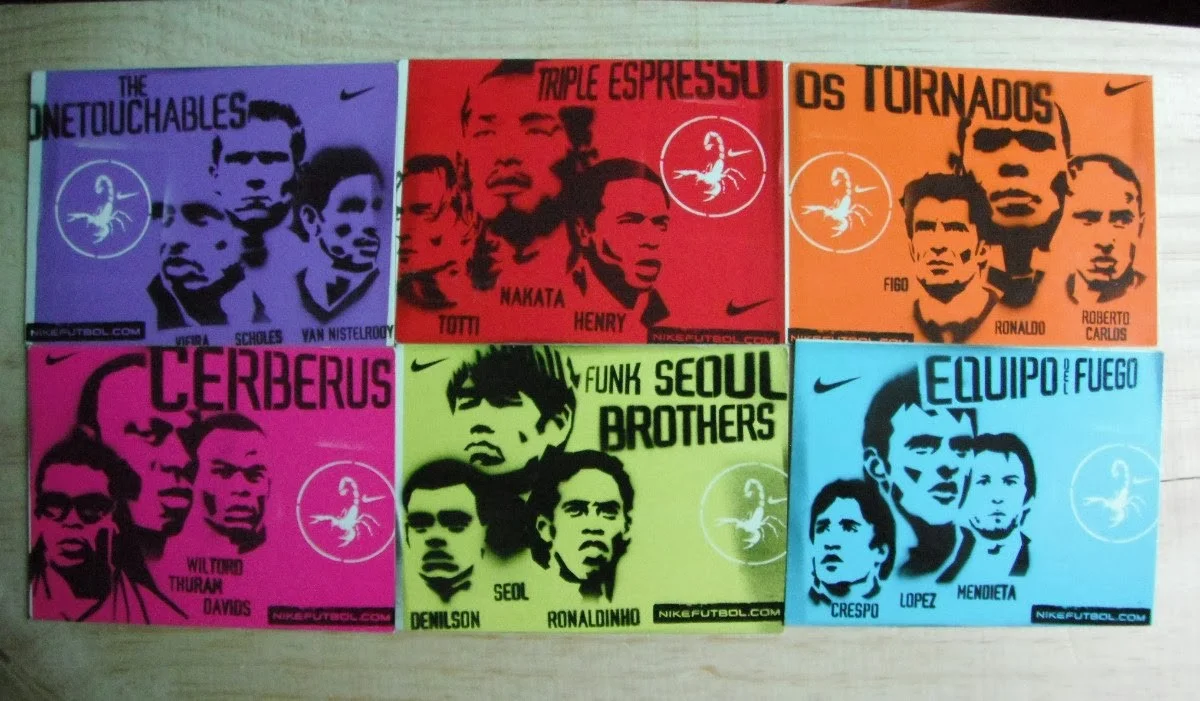How to use passing networks in soccer
/One of the fondest memories I have from my childhood was when my brother and I would sit in our basement, load up FIFA 11 on the Nintendo Wii, and play a kick-off match between our two favorite teams: Arsenal and Manchester United. 4-3-3 versus the classic 4-4-2. I wasn’t much of a tactico as a six year old, but I saw the game of soccer through the lens of formations; that’s how I learned to watch the sport, and that’s how I learned to play it. That’s how everyone learns to play it.
It wasn’t until I reached college that I began to really care about not just watching a game of soccer, but also trying to analyze it at the same time. This time, I found myself trying to focus on particular players and describe what I was seeing to better understand the match. It was in that search, spurred by my newfound interest in the game that I had loved and watched for my entire life, that I came across the passing network. The extent of my soccer stats knowledge until then was mlssoccer.com’s ‘Stats’ page and maybe the occasional FBref visit. The passing network drew me in precisely because it showed me something new about a game of soccer in the exact medium through which I learned to understand the sport: formations. It was the first data visualization I learned how to make, and it was the reason I began to think about making MLSStats what it is today. So today, I want to take a look at what passing networks are (for those that are unfamiliar), why they are useful, why they might have some drawbacks we need to keep in mind, and what they can tell us about the Major League Soccer season-to-date.
Read More










